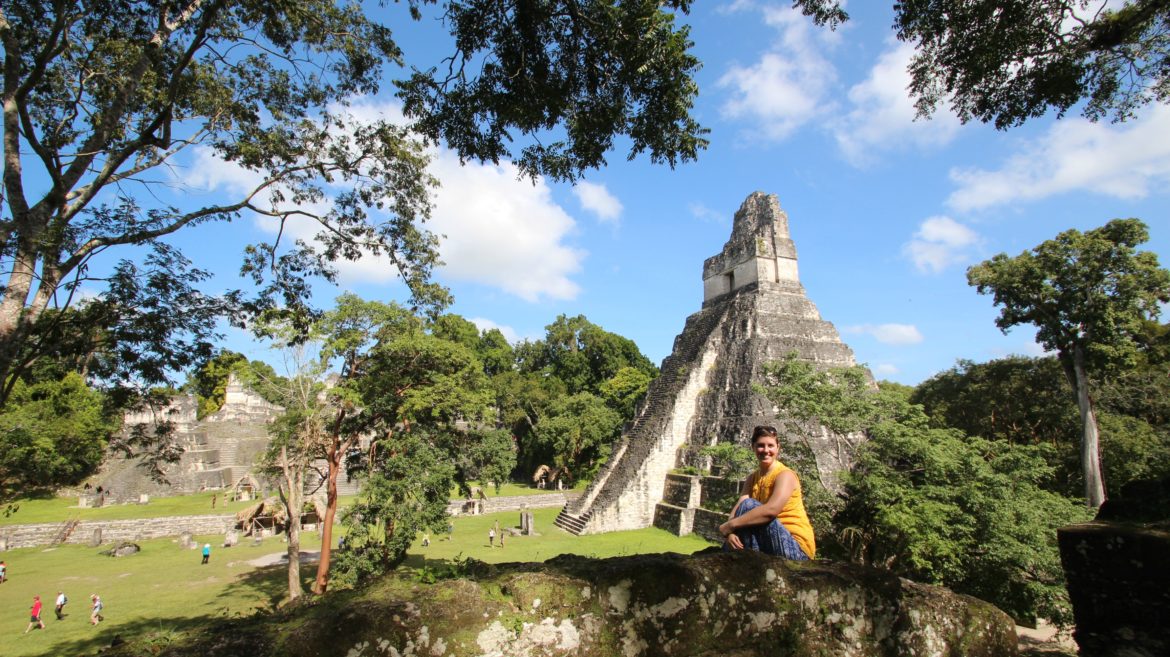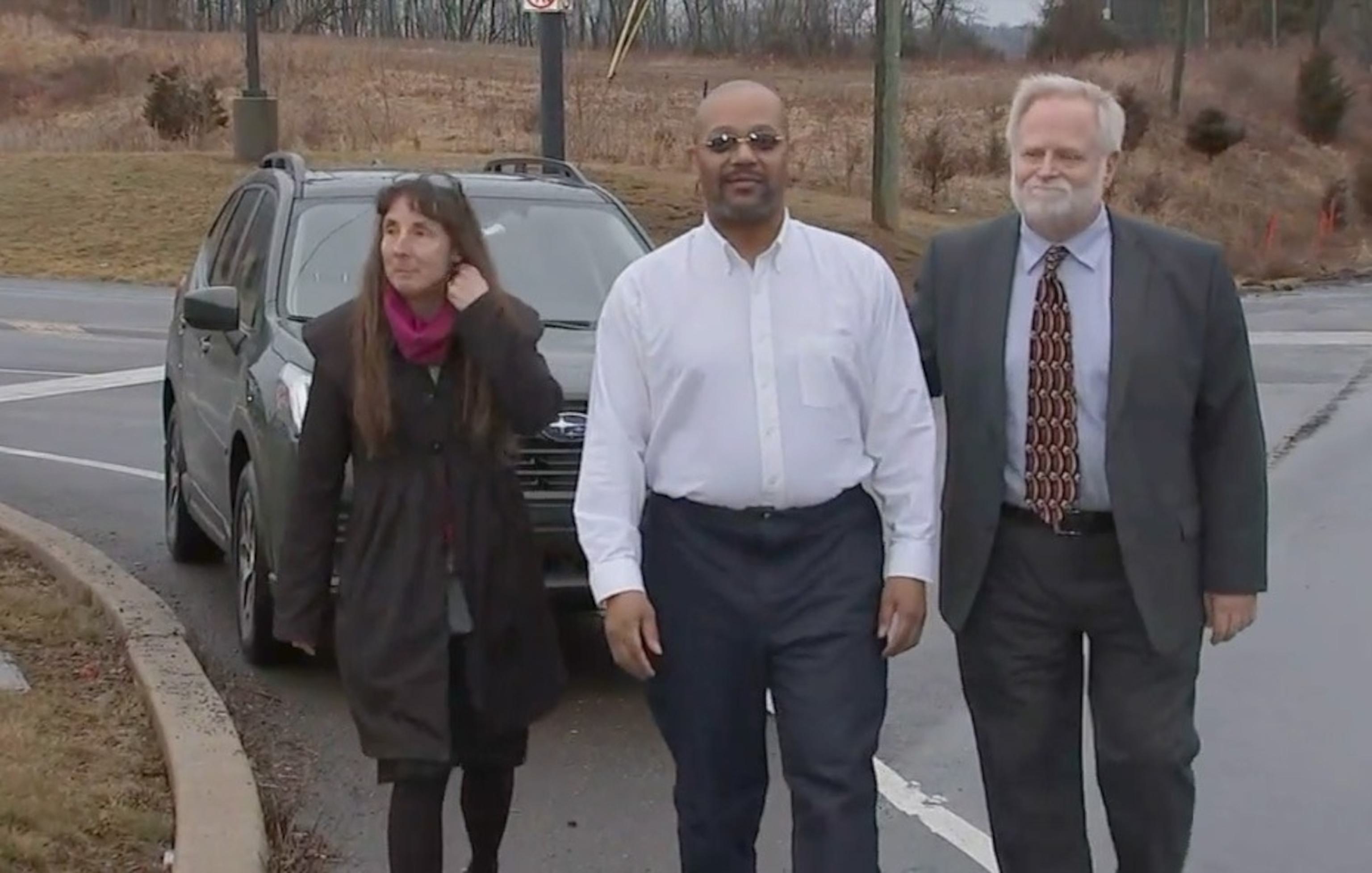Escalating Cartel Violence Threatens Tourism in Chiapas, Mexico
January 28, 2024 - Reading time: 4 minutes

Mexico’s government has acknowledged that at least two well-known Mayan ruin sites are unreachable by visitors because of a toxic mix of cartel violence and land disputes.
In the heart of Chiapas, Mexico's verdant state renowned for its ancient Mayan ruins and lush jungles, a disconcerting reality now overshadows its natural beauty. As drug cartels tighten their grip on the region, tourists are increasingly hesitating to explore what was once a thriving and picturesque destination. From the shadowy realm of illicit activities to the menacing specter of cartel warfare, Chiapas confronts a grave threat to its vital tourism industry.
Visitors to this picturesque corner of Mexico now find themselves navigating unsettling encounters with criminal elements. These menacing figures demand access to tourists' cellphones and sign-in codes, sifting through private conversations in a quest to uncover any affiliations with rival gangs. The perpetual specter of gun battles between rival factions has cast a dark pall over the tranquil landscapes.
What is most disconcerting is the apparent indifference of the government to the mounting violence. President Andrés Manuel López Obrador's approach of downplaying gang-related issues leaves both citizens and visitors disheartened. Even as drug cartels expand their territorial control within Mexico, the government's response remains tepid.
Meanwhile, two anonymous tourist guides operating near Chiapas' border with Guatemala have shed light on the reality facing tourists. They reveal that the government's claim of open access to certain sites is marred by the necessity of passing through drug cartel checkpoints. The surge in drug cartel violence since the previous year has severed all access to the Yaxchilán ruin site, a concession reluctantly made by the government.
According to these guides, armed gunmen and checkpoints frequently dot the road to another famed site, Bonampak, celebrated for its intricate murals. To reach yet another archaeological gem, Lagartero, travelers must surrender their identification and cellphones at cartel-controlled checkpoints.
Compounding these issues is the accessibility of the imposing pyramids at Tonina. These remarkable structures are off-limits due to a landowner's decision to obstruct access while seeking compensation from the government for the right of way.
The most pressing concern, however, stems from cartel-related dangers. Two rival cartels, vying for control over the region's lucrative drug and migrant smuggling routes, have established these checkpoints to monitor movements by their adversaries. Although no tourist incidents have been reported thus far, and the government maintains the sites' safety, numerous tour guides have opted to steer clear of these high-risk areas.
Recent controversies have also surfaced, alleging that archaeological sites like Bonampak and Lagartero are under threat from drug traffickers. The National Institute of Anthropology and History (INAH) vehemently rejects these claims, asserting its continued authority over these sites. Nevertheless, this dispute has cast a shadow of doubt over the safety of archaeological tourism in Chiapas.
While well-known sites like the Palenque temple complex remain accessible and secure, the allure of exploring more remote ruins concealed within the depths of the jungle, such as Yaxchilán along the Usumacinta river, has significantly waned. Guides have publicly declared their reluctance to lead tourists to these perilous locations. Notably, Frontera Comalapa, once a pivotal starting point for boat tours to Yaxchilán, closed its roads due to relentless incursions by armed assailants.
The INAH acknowledges the inaccessibility of Yaxchilán but attributes the issue to "social" problems beyond its control. Since 2023, Chiapas has been plagued by cartel-related violence, coinciding with a surge of migrants passing through the region en route to the U.S. border via the perilous Darien Gap jungle. These migrants, hailing from Cuba, Asia, and Africa, command higher fees for the smuggling routes through Chiapas, further fueling the conflict.
The National Guard, a quasi-military law enforcement force championed by President López Obrador, faces ongoing resistance from local residents in Chiapas who hurl stones and brandish sticks. The cartels, particularly Sinaloa and Jalisco, frequently press locals into service as foot soldiers, discouraging National Guard patrols in their communities.
In Chiapas, many residents belong to Indigenous groups such as the Choles and Lacandones, direct descendants of the ancient Maya. Involvement in cartel conflicts poses grim consequences for these communities, given their modest populations and ongoing land disputes. Complicating matters, cartels have clandestinely established landing strips in the jungle, facilitating the inflow of narcotics from South America.
As the damages continue to accumulate, Indigenous communities dependent on tourism grapple with economic turmoil. Local economies, sustained by handicrafts, accommodations, boat excursions, and artisanal goods, bear the brunt of the downturn. In a region where industrial opportunities are scarce, tourism has been a crucial economic pillar, rendering the current situation all the more dire.

Darren Stephenson
Darren Stephenson writing spans a wide range of topics, from in-depth political analysis to human interest stories. His unique perspective and engaging narrative style have earned him a loyal readership. Darren's commitment to journalistic integrity and his ability to connect with readers make him a standout voice in modern journalism.




